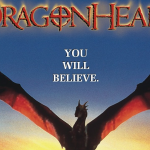It (1990)
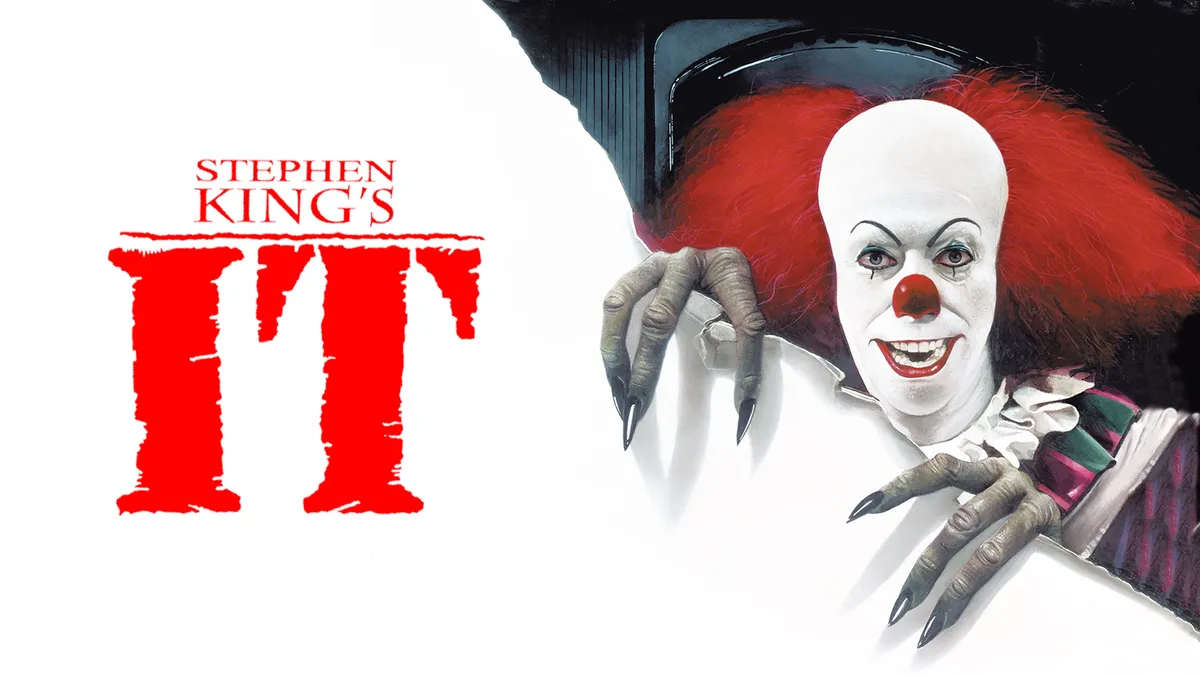
“It” (1990) is a two-part psychological horror TV miniseries directed by Tommy Lee Wallace and adapted from Stephen King’s 1986 novel of the same name. Premiering on ABC, the miniseries follows a group of childhood friends who are forced to confront an ancient, malevolent entity known as “It,” which has the ability to shape-shift into their worst fears. The film stars Tim Curry as the terrifying Pennywise the Dancing Clown, a character that has become iconic in the horror genre. “It” blends psychological terror, supernatural elements, and deep themes of friendship and childhood trauma.
The plot of “It” alternates between two time periods. In the first, a group of children in the small town of Derry, Maine, are terrorized by an entity that takes on the form of a creepy clown, Pennywise. After several horrifying encounters, they defeat the entity by confronting their fears. In the second timeline, the now-adult members of the group are drawn back to Derry when “It” resurfaces. Together, they must face their past and the evil that still lurks in the town. The film explores their individual traumas and the bonds of friendship that were forged during their childhood.
A central theme in “It” is the manifestation of fear and trauma. The children are each confronted with different versions of “It” that take the form of their deepest fears. Whether it’s a killer clown, a werewolf, or a leper, these manifestations serve as metaphors for the personal struggles each character faces. The film illustrates how fear can have a lasting impact, shaping the characters’ lives as they grow into adults. As the group reunites to defeat “It,” they must confront their unresolved emotional issues, ultimately showing that facing one’s past fears is key to overcoming them.
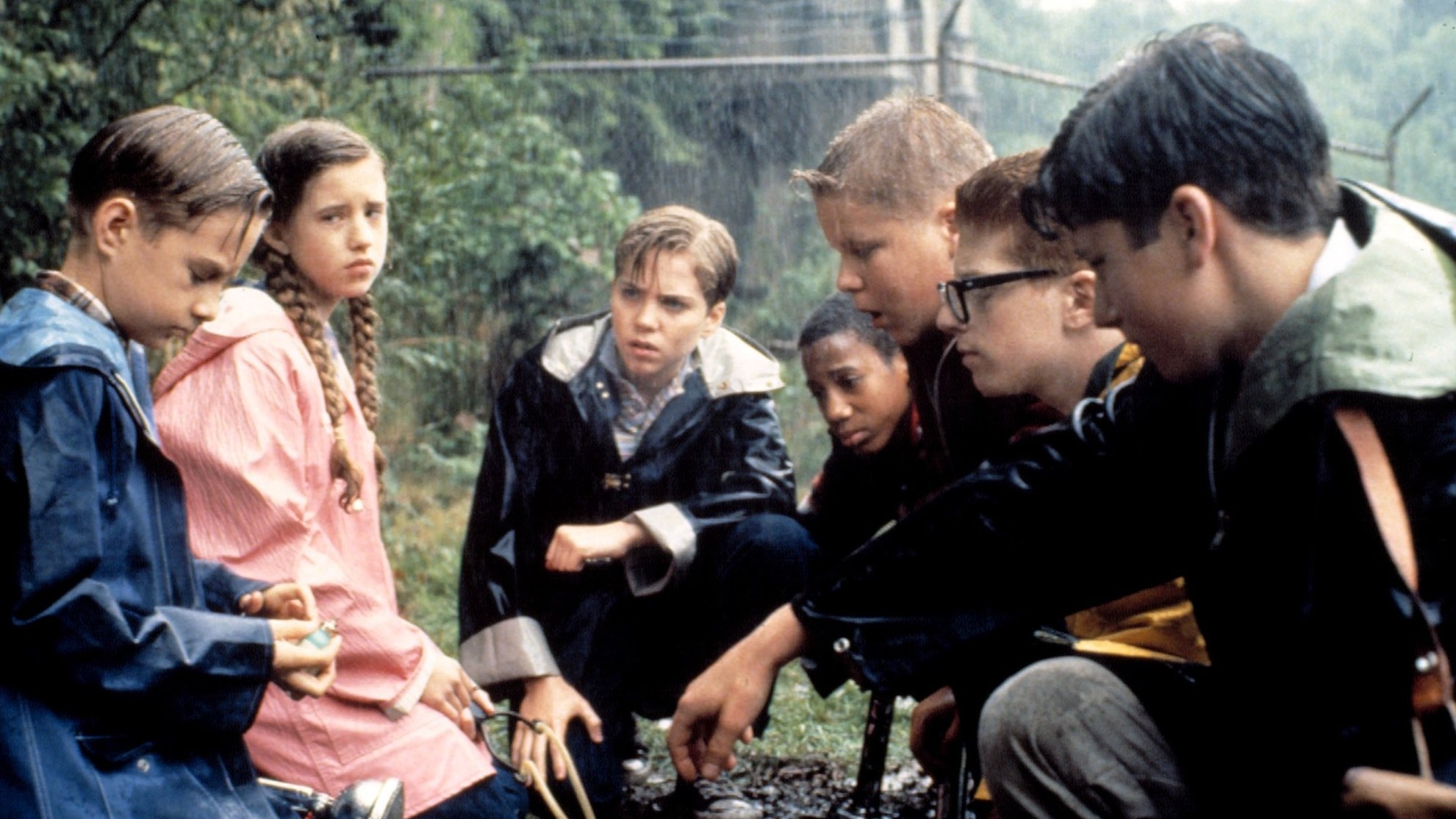
Tim Curry’s portrayal of Pennywise is one of the standout aspects of “It.” Pennywise, with his menacing smile and clownish charm, becomes a symbol of pure evil and manipulation. Curry brings an unsettling energy to the character, combining humor and horror in a way that keeps viewers on edge. Pennywise’s ability to exploit the fears of the characters makes him a deeply psychological villain, and his disturbing presence is central to the miniseries’ success as a horror piece. His performance has made Pennywise one of the most iconic horror villains in pop culture.
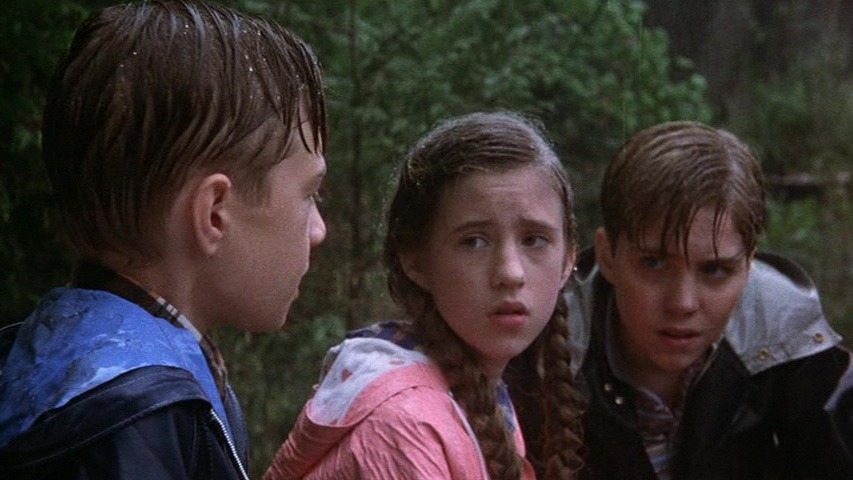
Despite the horror elements, “It” is also a story about friendship and unity. The group of children, known as “The Losers’ Club,” are outsiders who find solace and strength in each other. The film highlights the power of friendship and how it can help individuals confront their deepest fears. As adults, the characters must come together once again to defeat “It,” reinforcing the idea that facing traumatic events is easier when you have the support of others. This sense of camaraderie is a central emotional core that balances the film’s darker, more terrifying moments.
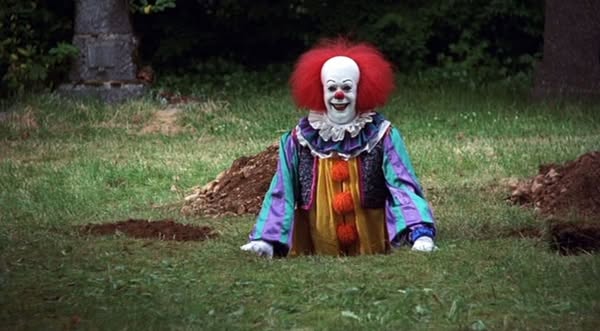
In conclusion, “It” (1990) is a chilling and deeply emotional miniseries that successfully blends horror with themes of friendship, trauma, and personal growth. The iconic portrayal of Pennywise and the well-developed characters make it a standout in the horror genre. While some of the special effects may feel dated by today’s standards, the emotional depth and psychological terror of the story hold up remarkably well. “It” remains a memorable adaptation of Stephen King’s novel, offering both scares and poignant moments that resonate with viewers long after the credits roll.

